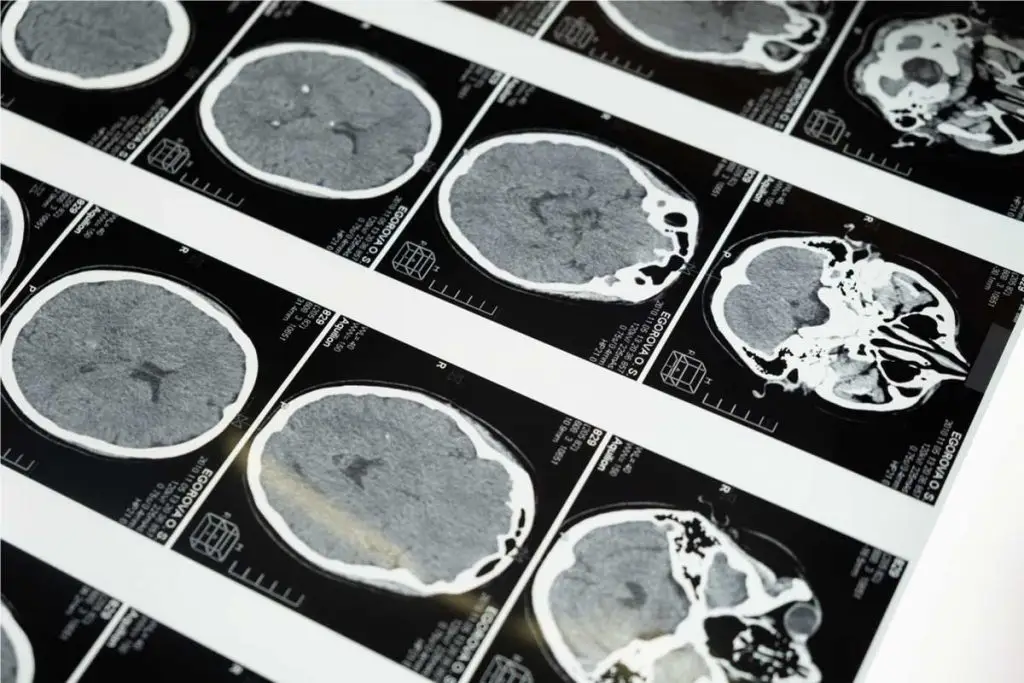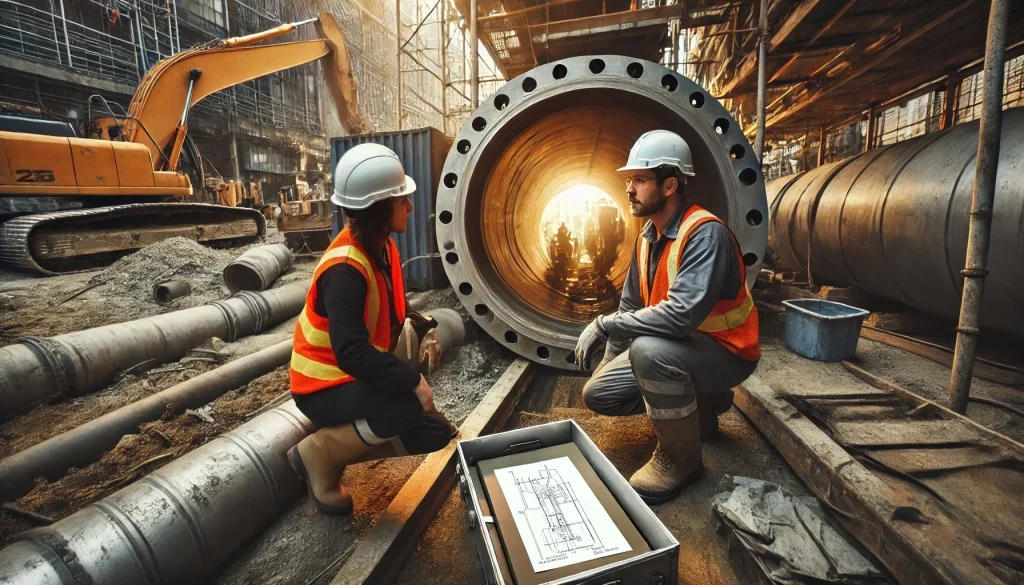The Importance of Magnetic Resonance Safety Officer in Construction Industry

Understanding MRI and the Role of the Magnetic Resonance Safety Officer (MRSO)
When it comes to diagnosing injuries and illnesses, many people know about X-rays and MRI (Magnetic Resonance Imaging). However, few realize the critical role a Magnetic Resonance Safety Officer (MRSO) plays in ensuring MRI safety.
MRI is a powerful imaging technology that allows doctors to view organ function and identify medical issues. The machine uses strong magnets, radio waves, and advanced software to produce detailed images of the body’s organs, especially the brain. Globally, MRI is regarded as the most effective method for obtaining comprehensive information about specific body parts.
Why MRI Is a Vital Diagnostic Tool
MRI scans are crucial for detecting brain changes, such as strokes or tumors. They also help in identifying spinal issues like herniated discs and diagnosing internal injuries, including ACL tears. With nearly 40 million MRI scans performed annually in the U.S., MRI technology plays a key role in diagnosing both chronic illnesses and sudden injuries.
Certifications: MRSO and MRSE
Two key MRI safety certifications are the Magnetic Resonance Safety Officer (MRSO) and the Magnetic Resonance Safety Expert (MRSE). The MRSO course is designed for MR technologists who manage MRI safety at the point of care. The MRSE course, on the other hand, is for those providing technical consulting on MRI safety in complex situations. It focuses on the physical aspects of MRI safety.
The Significance of Magnetic Resonance Safety Officer Construction
The construction industry is inherently hazardous. This makes MRI an essential tool in diagnosing injuries. Despite advancements in equipment and safety training, construction-related injuries continue to rise each year. The federal government and organizations like OSHA emphasize the importance of safety training. Contractors must pass health, safety, and environmental courses to qualify for managing construction contracts.
Common Construction Injuries Requiring MRI
Falls are the most frequent cause of injury on construction sites. These can lead to damage to bones, ligaments, tendons, and soft tissues. MRI scans are the most effective way to diagnose these injuries, which are often undetectable by standard radiographs. Other common injuries include those to the hands, knees, spine, ankles, wrists, and hips. Head injuries can also occur, and these can be severe and long-lasting. MRI scans provide timely information, allowing doctors to diagnose and treat injuries accurately.
The Role of the MRSE in Construction Safety
The MRSE certification is crucial for contractors, supervisors, and managers who oversee worker safety on construction sites. An MRSE ensures that all MRI-related safety policies and procedures are followed. They also administer safe working conditions, conduct risk assessments, and provide necessary training to MR personnel. The MRSE program is designed for individuals seeking in-depth knowledge of the MRI system’s safe clinical and technical operation.
Magnetic Resonance Safety Officer Conclusion
MRI scans are essential for identifying and diagnosing both acute and chronic injuries, especially in high-risk industries like construction. The role of the Magnetic Resonance Safety Officer is vital in ensuring the safe use of MRI technology. This helps reduce patient cancellations and improve MRI department performance. For those interested in becoming an MRSE, several institutions offer online courses that can be completed with a laptop or mobile device. This makes professional safety training accessible to all.







